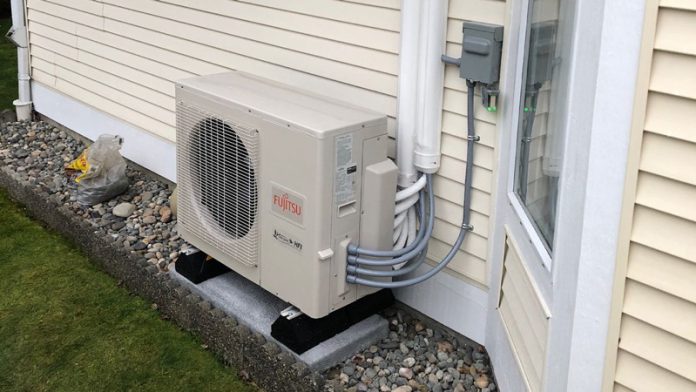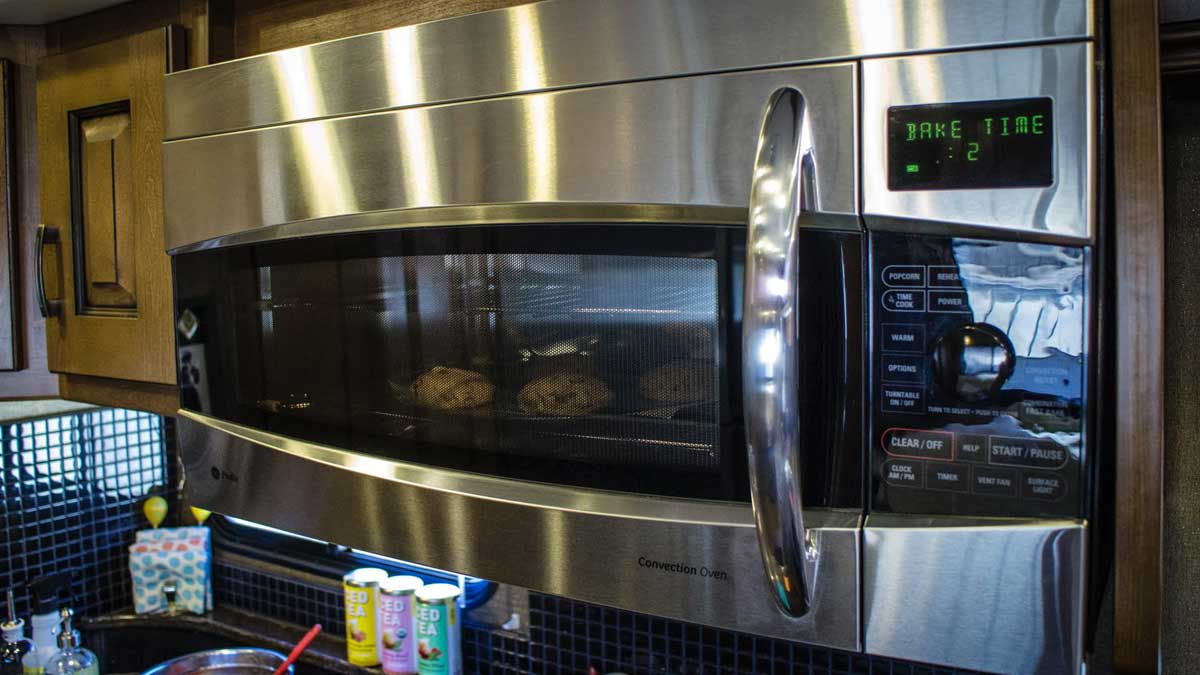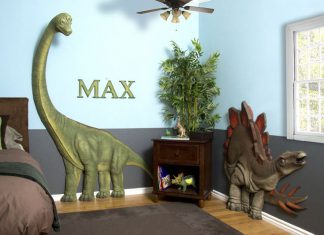Are you considering installing a ductless air conditioner in your home? Are you curious about the mechanics of how a ductless air conditioner works? Then you might want help from expert Avondale technicians, who can explain the inner workings of ductless air conditioners and their benefits.
In this article, you will also learn about the vital factors to know before shifting to a Ductless AC system from a duct-based one. So, make sure you scroll down to the end to make the most out of this article. Or you can cut yourself some slack and visit https://www.callautumn.com/ for professional assistance.
What is a ductless AC system?
A mini-split, also referred to as a split air conditioner or ductless system, is an affordable option for cooling your home without the need for costly ductwork.
It consists of two main components: an indoor and an outdoor unit. The indoor unit houses the evaporator coil, blower, and air filter, while the outdoor unit contains the condenser coil, compressor, and expansion valve. A refrigerant line connects the two components. It transfers heat between them. The indoor unit is placed on the ceiling or wall in the desired location, and the outdoor unit is usually located outside the home.
Ductless air conditioners offer several advantages over traditional central air conditioning systems. They are energy efficient, easy to install and maintain and provide targeted cooling to specific areas.
Additionally, ductless air conditioning systems are much quieter than their central AC counterparts, making it possible to enjoy a comfortable temperature without the noise of a traditional air conditioner running in the background.
How do ductless air conditioners work?
To understand how a ductless air conditioner works, first, let’s go through the components of a ductless system. The ductless system usually consists of three components which are as follows:
Evaporator
The evaporator is also known as the blower unit. It is that part of the air conditioner which is present on the wall in the room. The main function of an evaporator is to absorb the warm air and moisture from the room and blow back the colder air. Absorbing moisture and heat from the surroundings is done with the help of a ‘conduit.’
Conduit
It works as a connection between the outside and inside components. The conduit is the long thick cable hanging out of the air conditioner. Mainly, the cable contains the power cable, refrigerant tube, and power cable. With its help, the humidity and heat get sucked out.
Condenser
The last element of a ductless AC system is a condenser. It is the outdoor element that takes all the heat from the room and discharges it outside. Condensers play an important role in maintaining the working of the air conditioner.
The two main types of ductless air conditioning systems are multi-split and mini-split. For a multi-split system, a ductless air conditioner can cool up to 8 rooms with one outdoor unit. Whereas a mini-split system is designed in a way it cools one room or space where it is installed with the help of one outdoor unit.
How do these units work?
In the case of a ductless system, indoor units are installed to ensure adequate cooling. Unlike the duct-based air conditioning system, the ductless system pulls and stamps out heat from every room individually with the help of a blowing unit, fan, or evaporator.
The evaporator unit is connected to the outdoor unit via a refrigerant line in the conduit. It helps in carrying out the heat and moisture and dropping the temperature. Later, the heat is cooled on its way to the compressor unit, and the indoor unit throws it back into the room. The functioning of these systems has been simplified without the presence of a duct.
Advantages of a ductless AC system
There are several benefits of installing a ductless AC system; the top ones of them are as under:-
- A ductless system does not require holes of huge diameters for installation. It only needs a small hole of up to 3 inches which avoids the disadvantages of installing a central system like water leakage and disrupting your indoor aesthetics.
- Ductless systems help in energy conservation as they are highly energy-efficient. As per studies, you may lose up to 30% more energy when dumping heat and cooling the air in the case of a duct-based system. Thus, the introduction of a ductless arrangement has made a positive impact on energy conservation.
- These systems have made the presence of air conditioners aesthetically appealing and quiet. It does not produce any noise before starting or while functioning, nor does it cover too much space in the room.
- Ductless AC systems are inexpensive and easy to install. The centralized duct-based AC system adds another 5k to 10k dollars to the installation process. In addition, it is easier to install a ductless system in places where it may not be possible to install ducts.
Factors to consider before installing a Ductless AC System
These three main factors are to be considered before installing a ductless AC system:
Suitability of home and space
Ductless AC systems are perfect for new and old houses with improper ventilation. Unfortunately, it may not be a good idea to replace a preinstalled duct-based system in a house with another option, as it can require unnecessary renovation and lead to extra installation costs, especially within new homes. Ductless systems are less intrusive and can be more easily adapted to existing infrastructure.
Need for indoor units
The house sizes help in deciding the number of indoor units that are needed. Small houses can do with the installation of a single indoor unit, which can cool down the space. At the same time, large houses with more rooms might need multiple units. The design and layout of the house give an overview of how and where to install the units.
Heating capacity
The ductless system can help in heating the room during winter. However, it may not be possible if your split AC unit supports cooling only. So, if you want your AC to heat the room during the winter, you have to ensure that the unit you buy supports both- cooling and heating.
Endnote
Ductless air conditioners were invented almost half a century after the duct-based air conditioning system, which makes it a comparably newer technological innovation. Nonetheless, most households prefer ductless systems for their compact size and affordability.
However, before switching to a ductless system, it is wiser to list all the factors that outweigh the advantages of having a duct-based system in your house. And now that you know how a ductless AC works, you can easily comprehend its usability and benefits.















